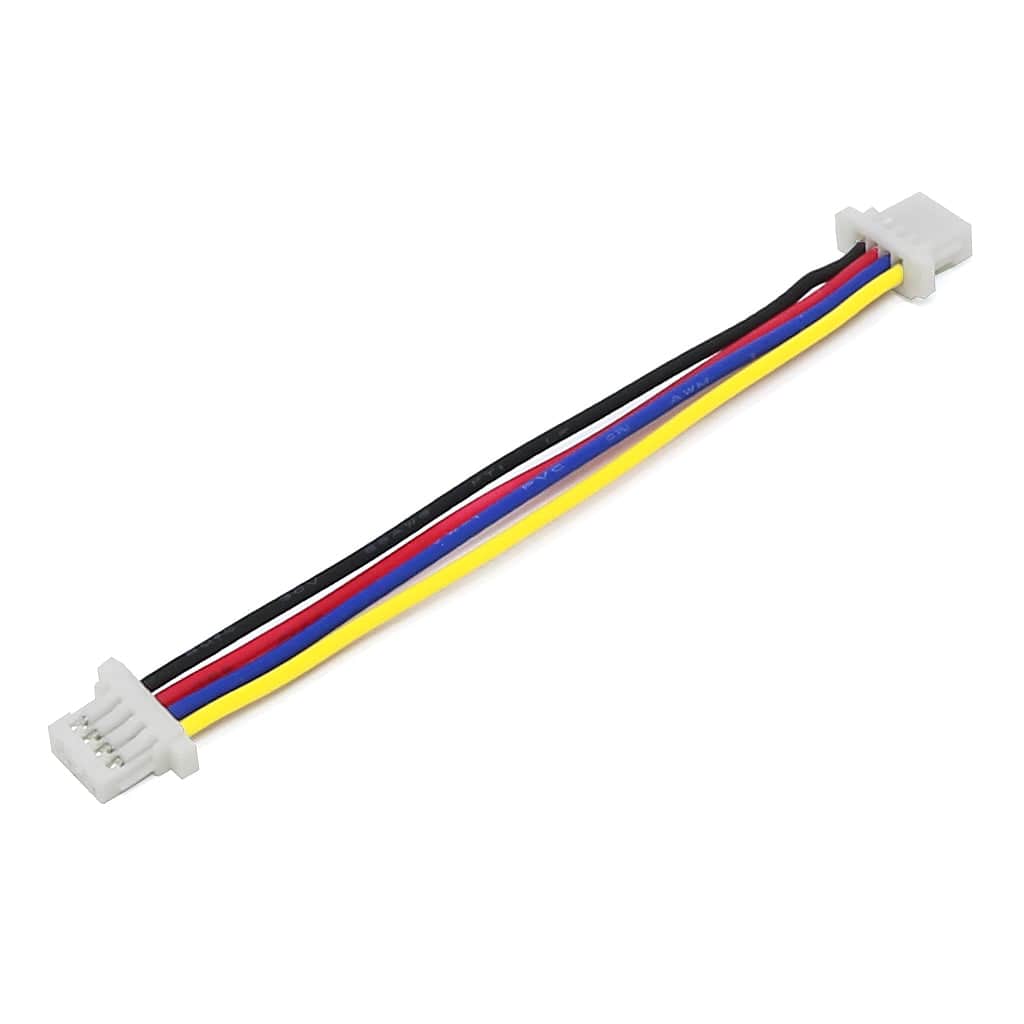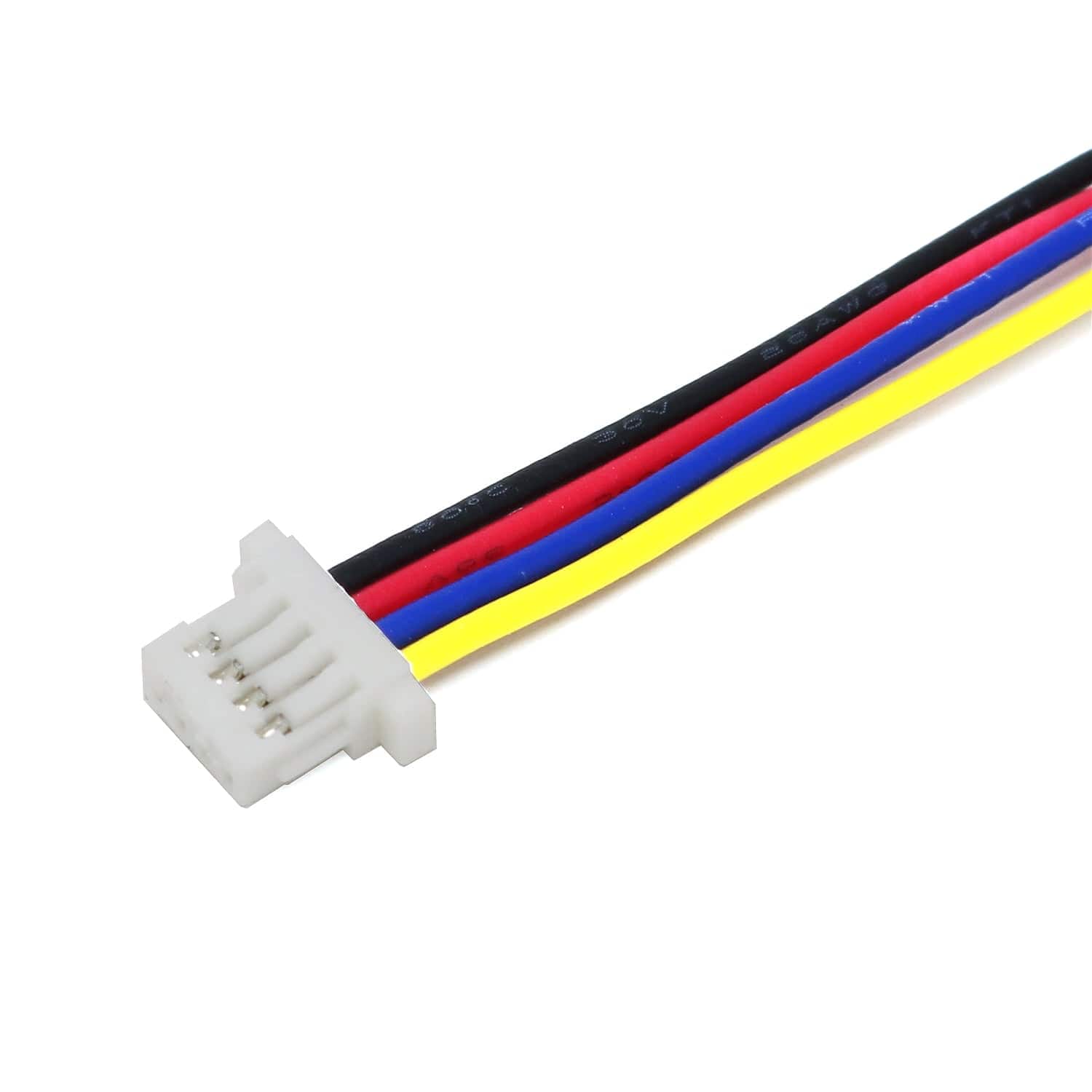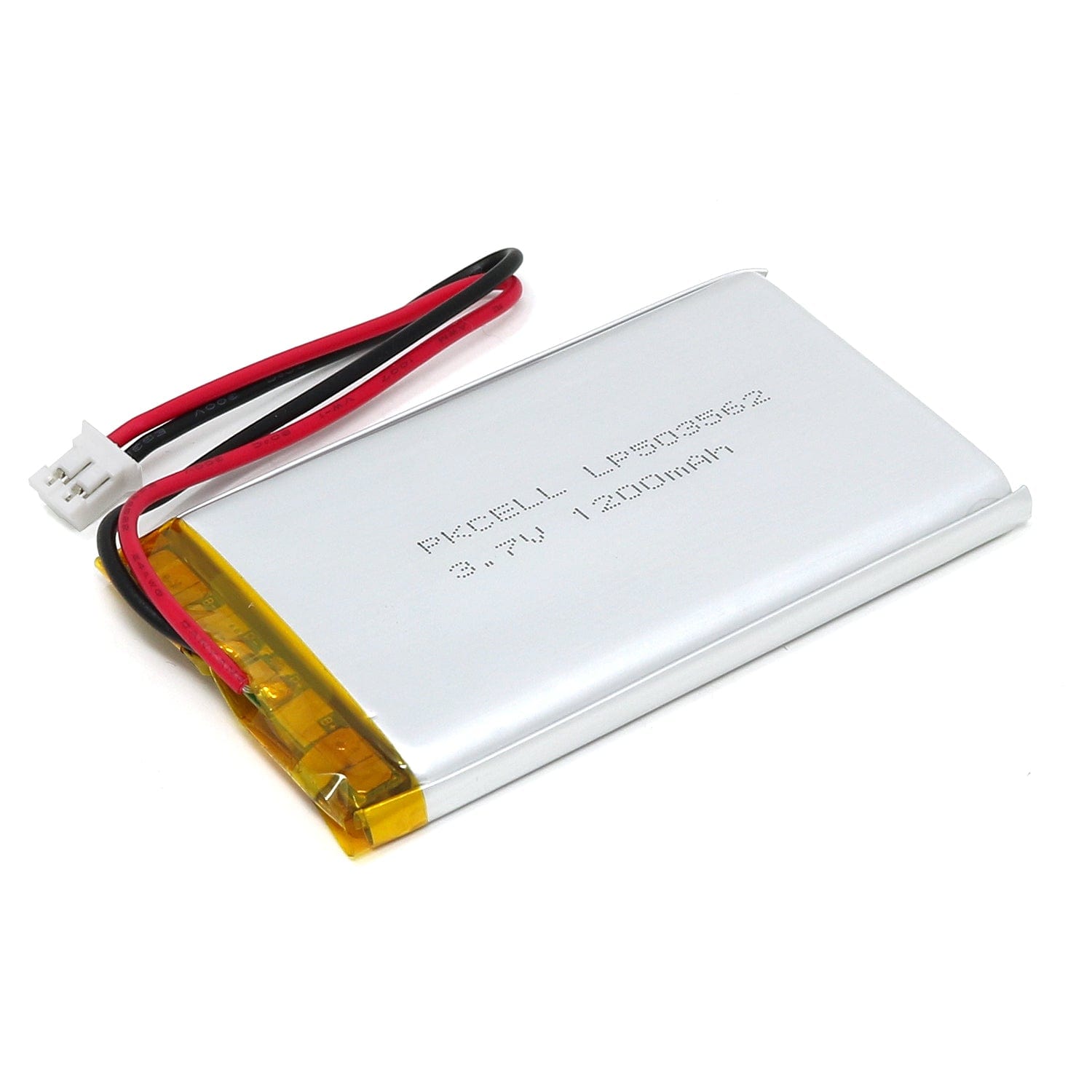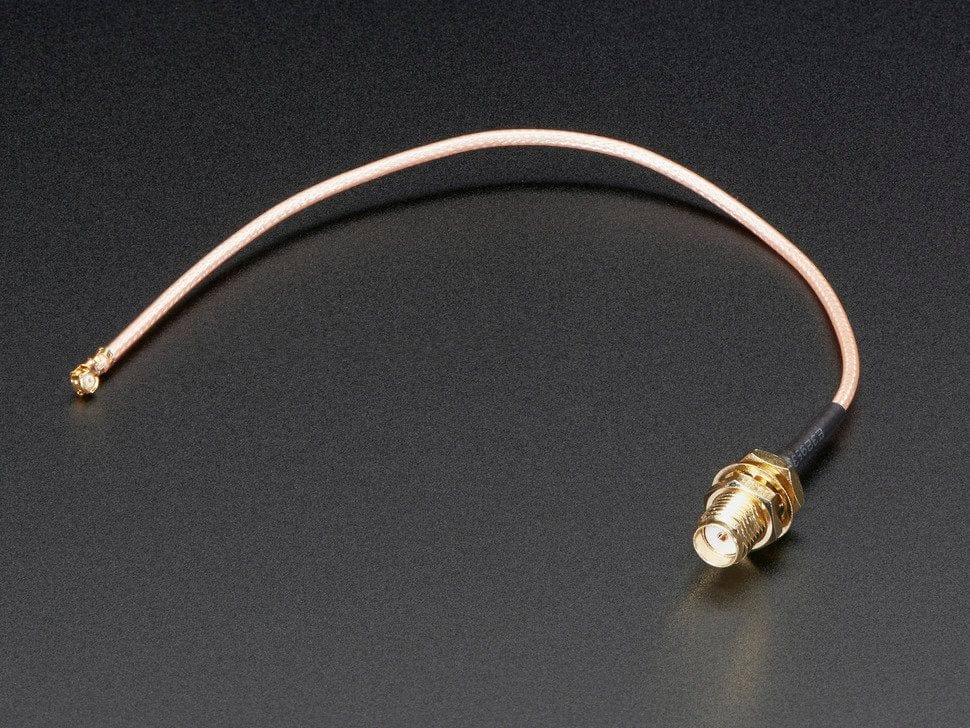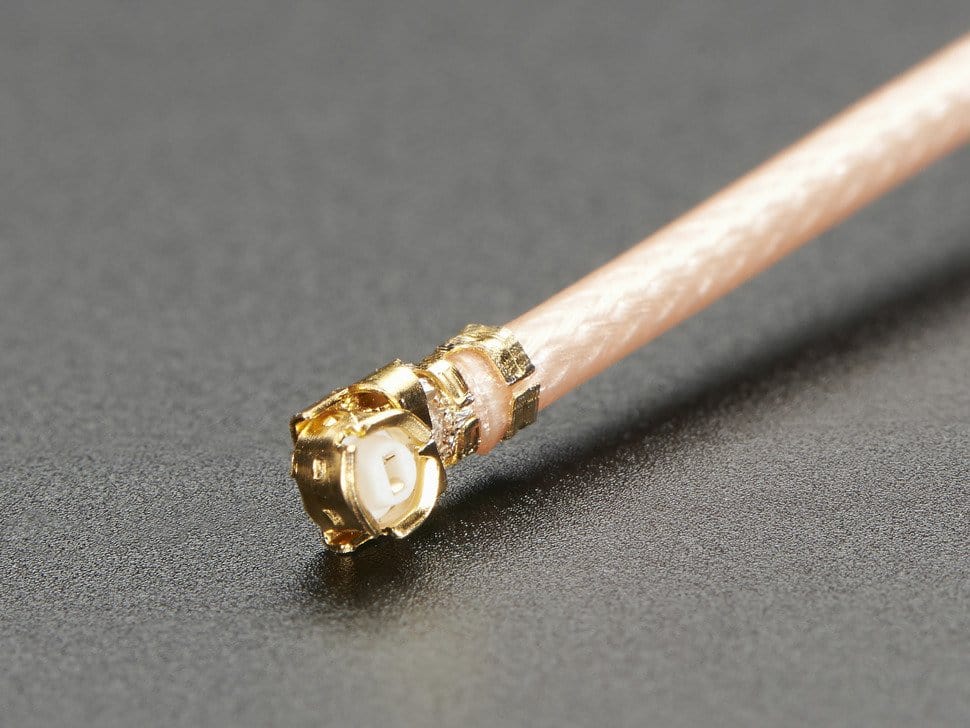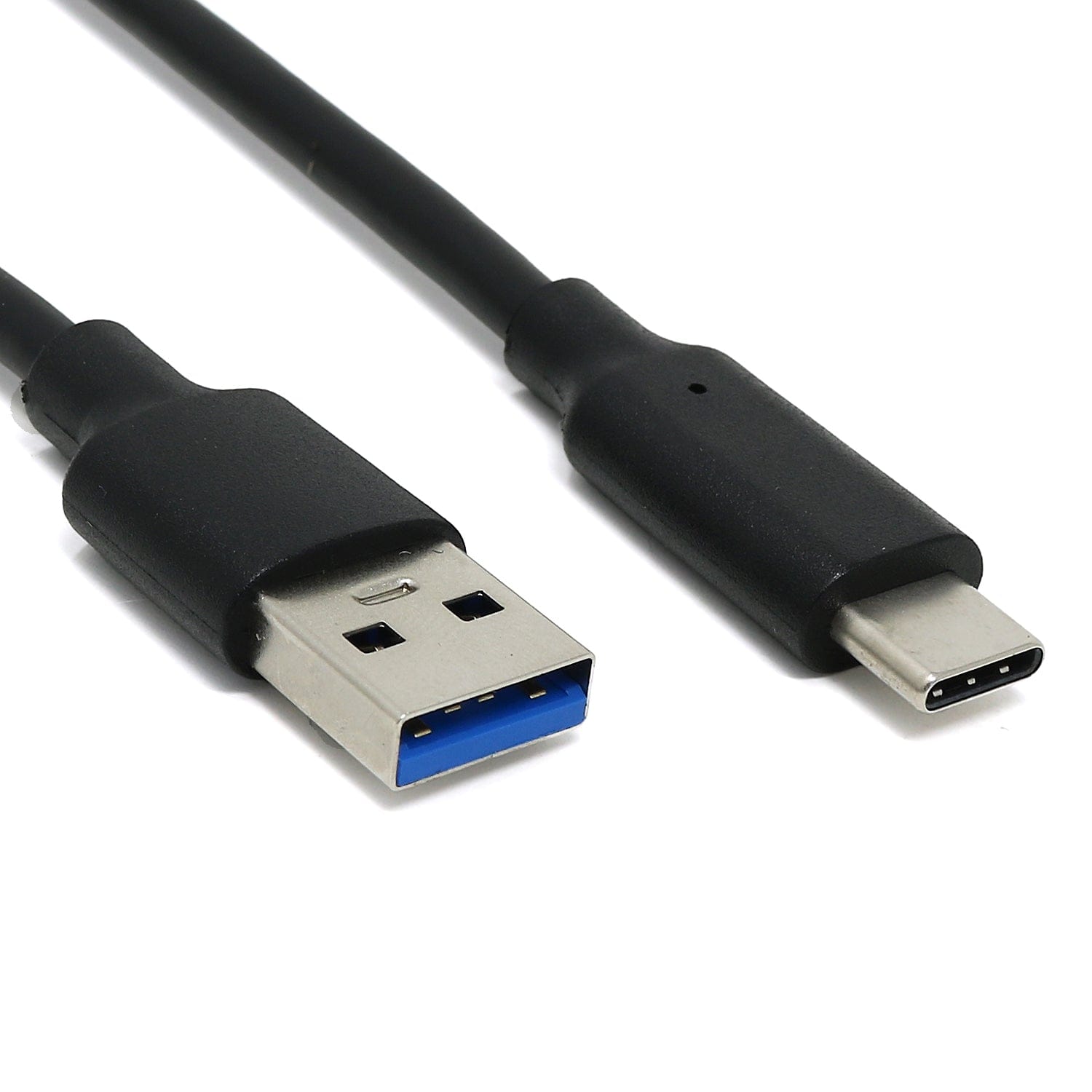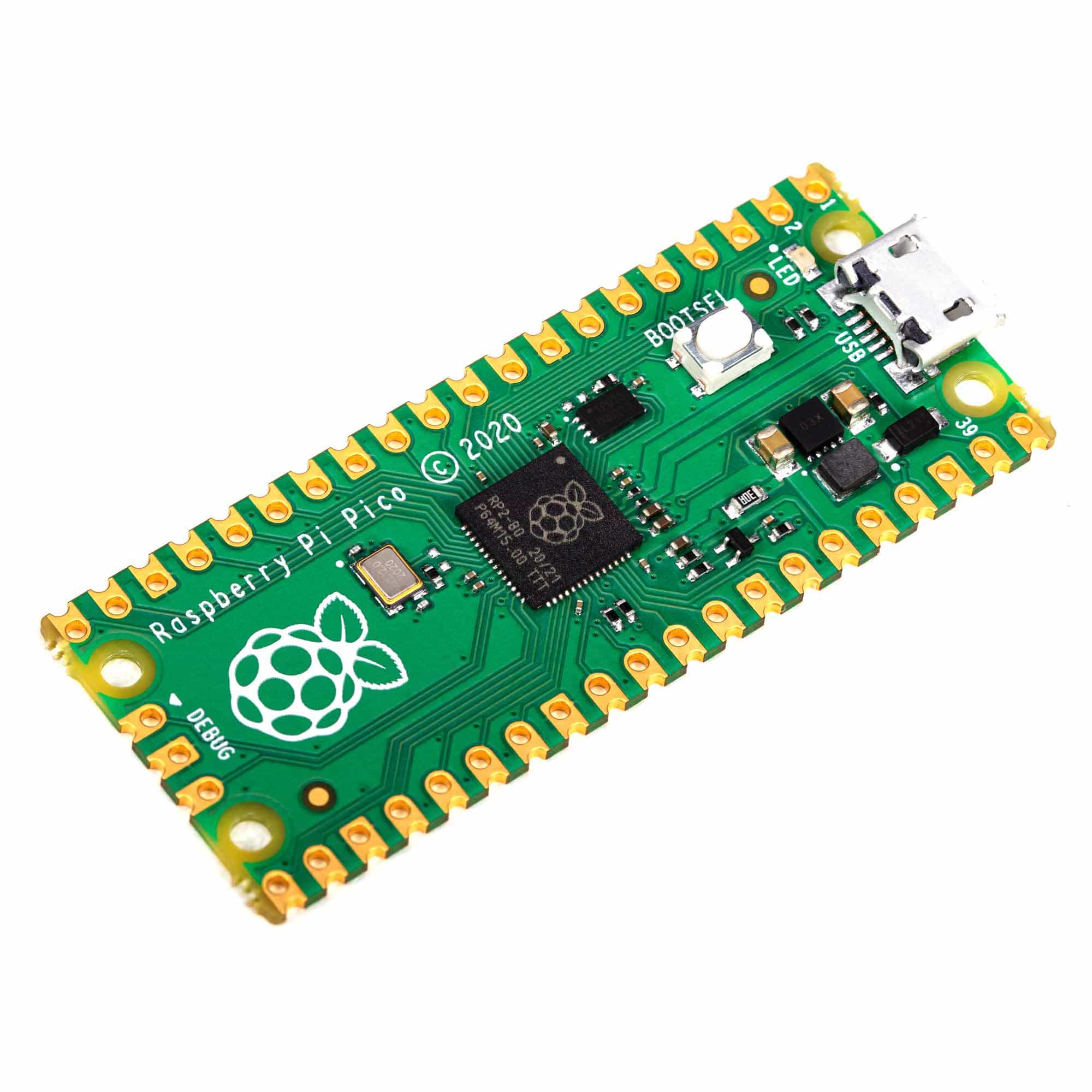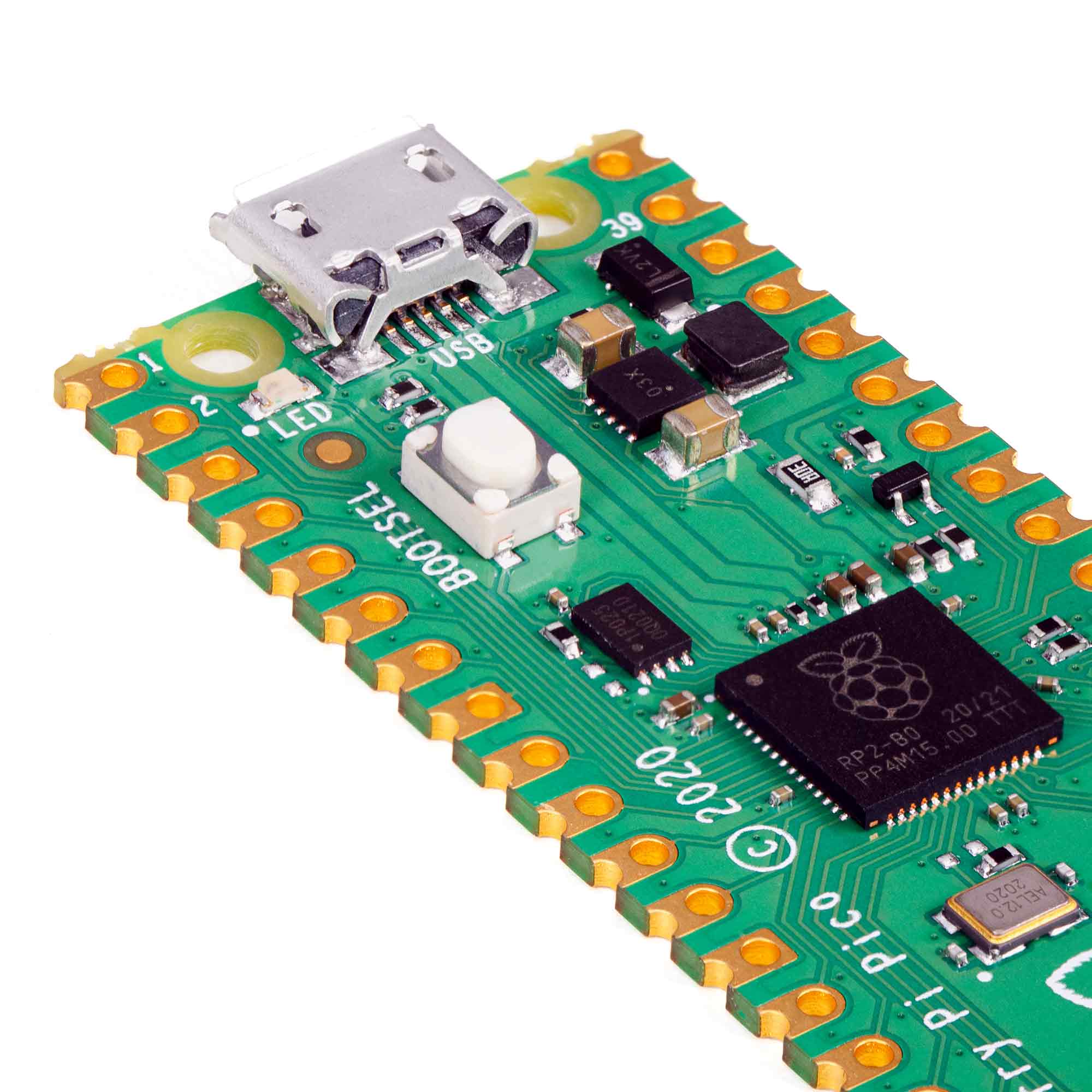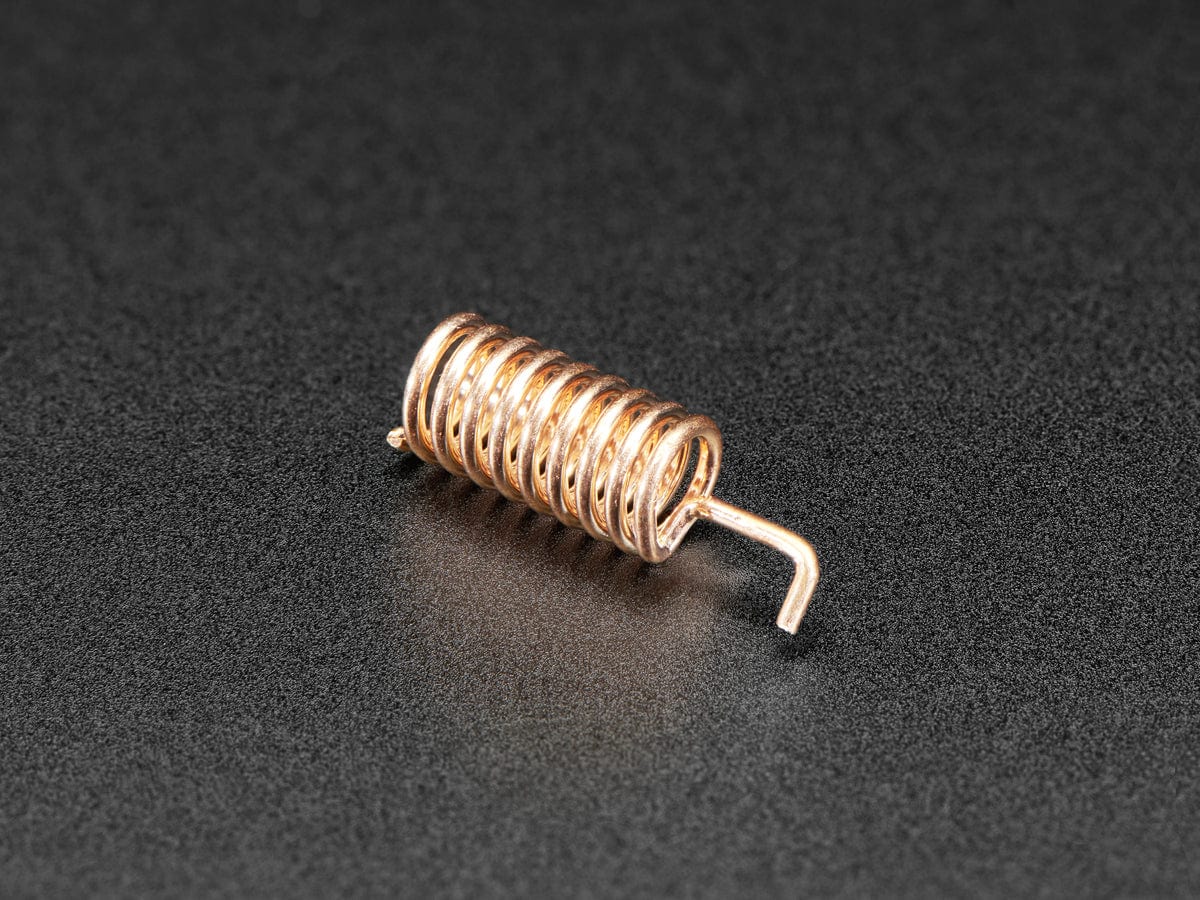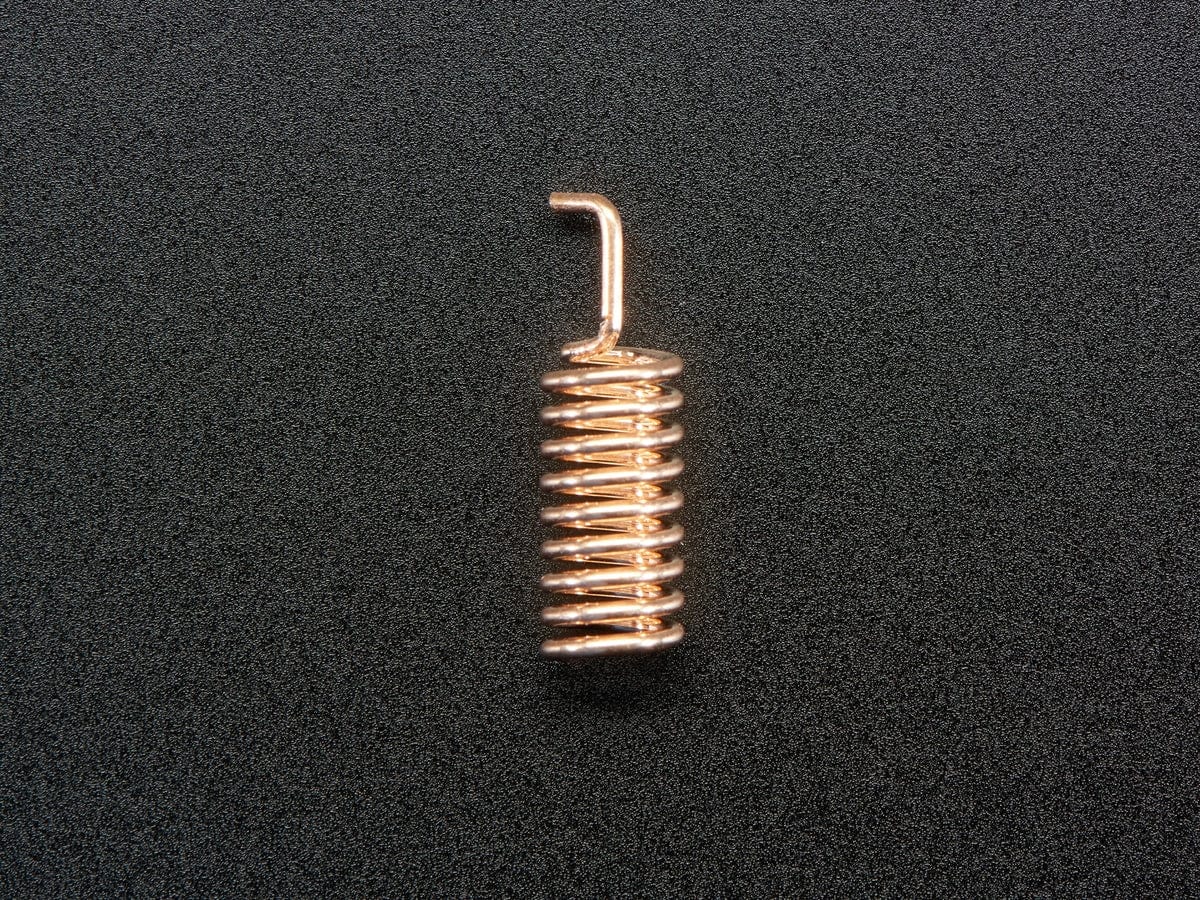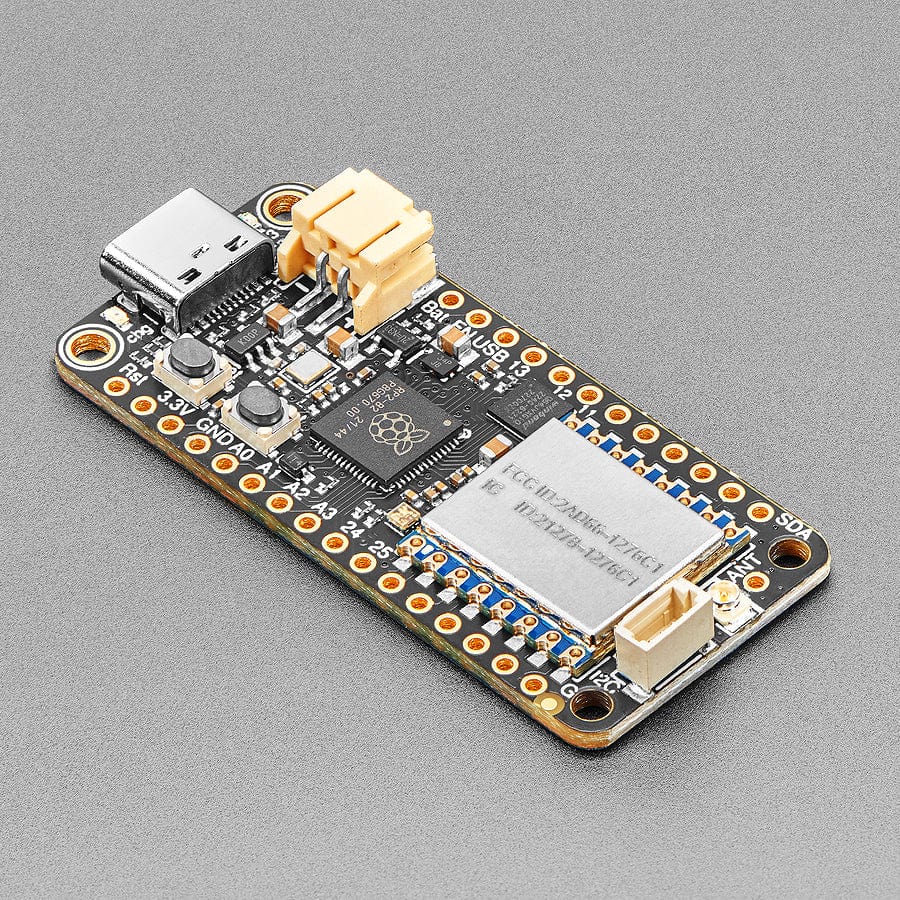
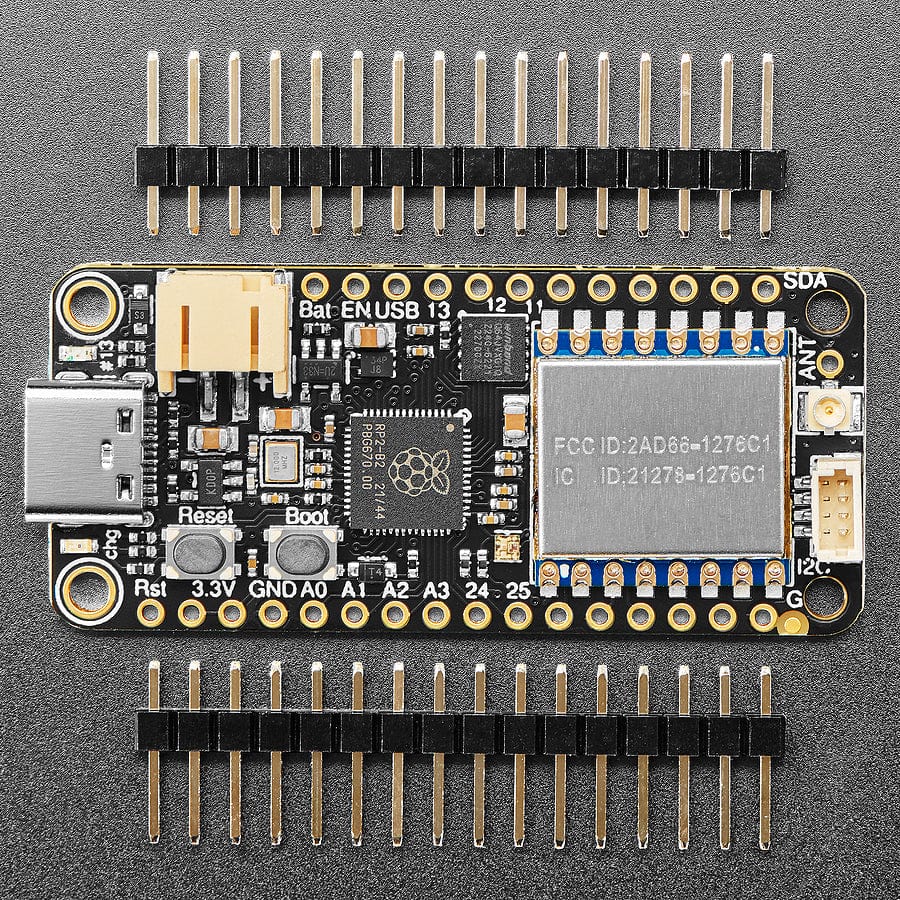
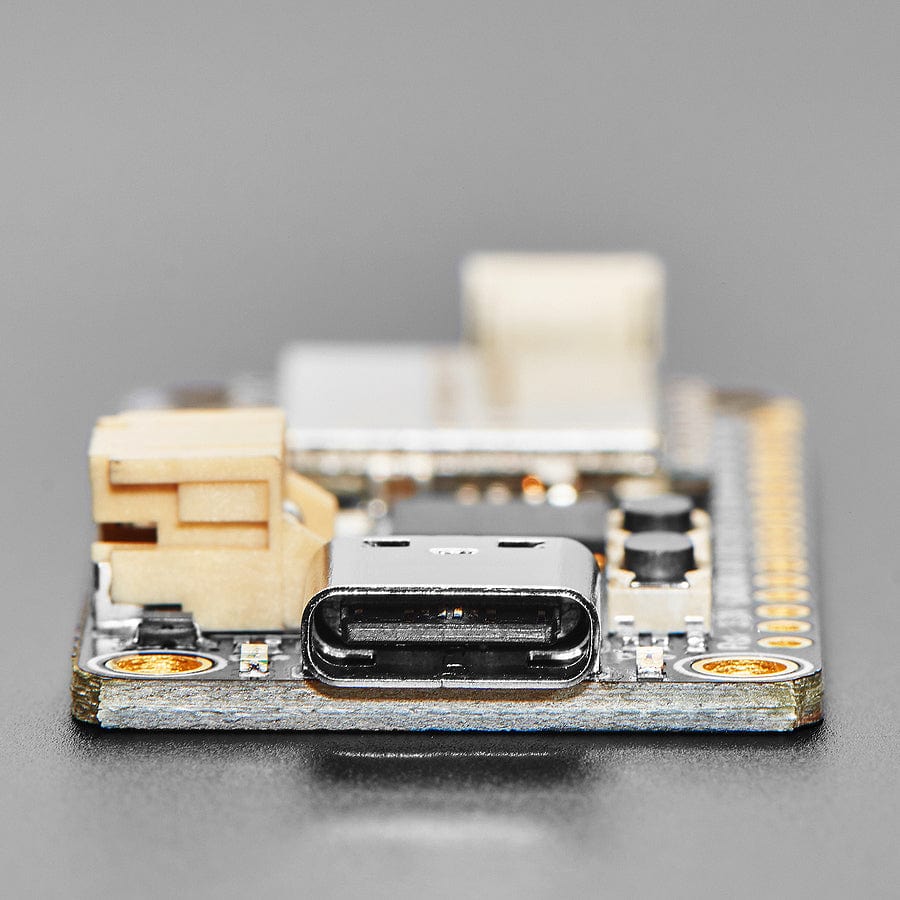
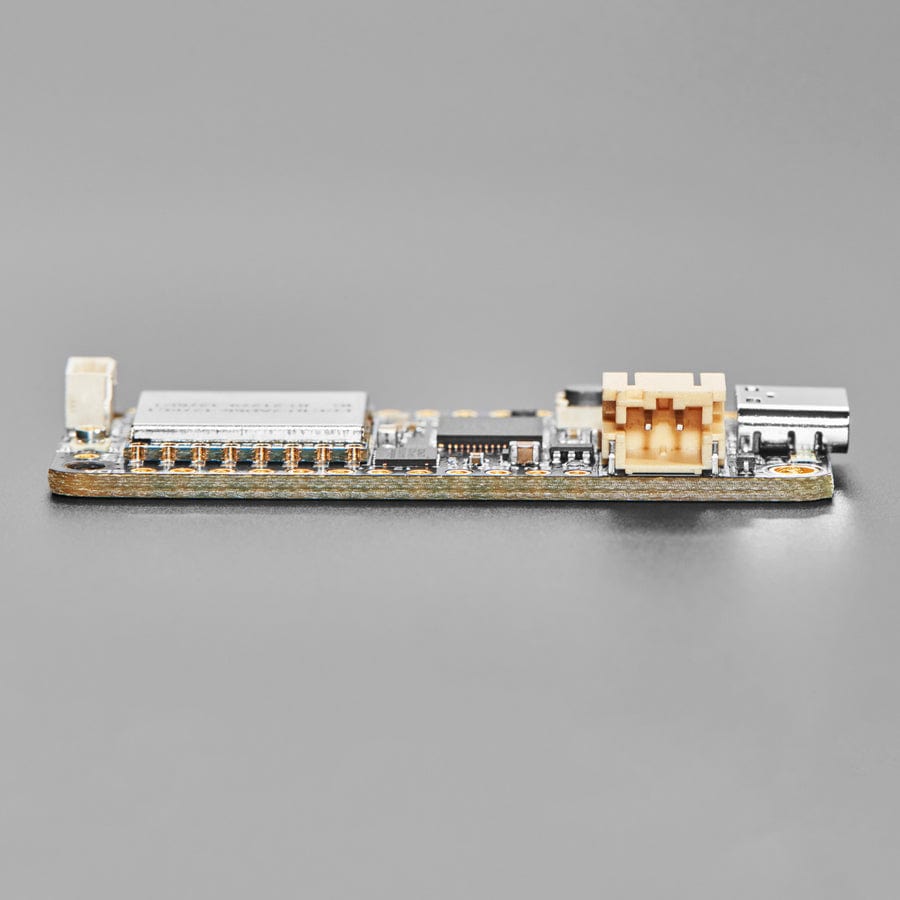
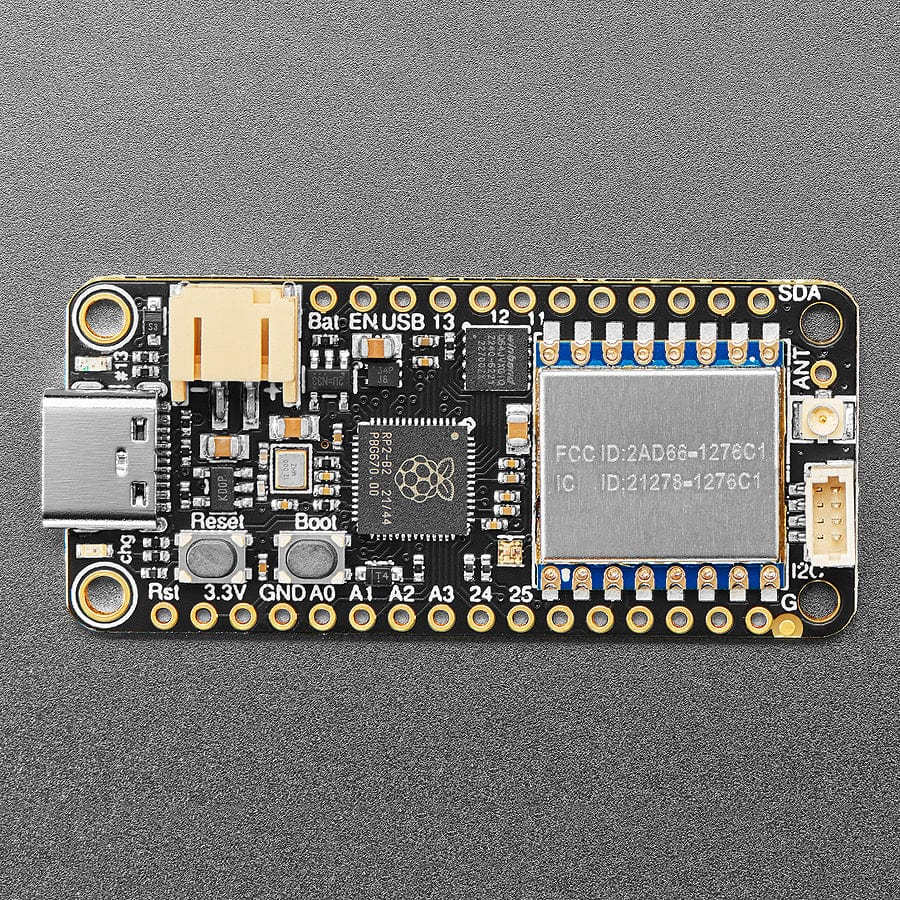
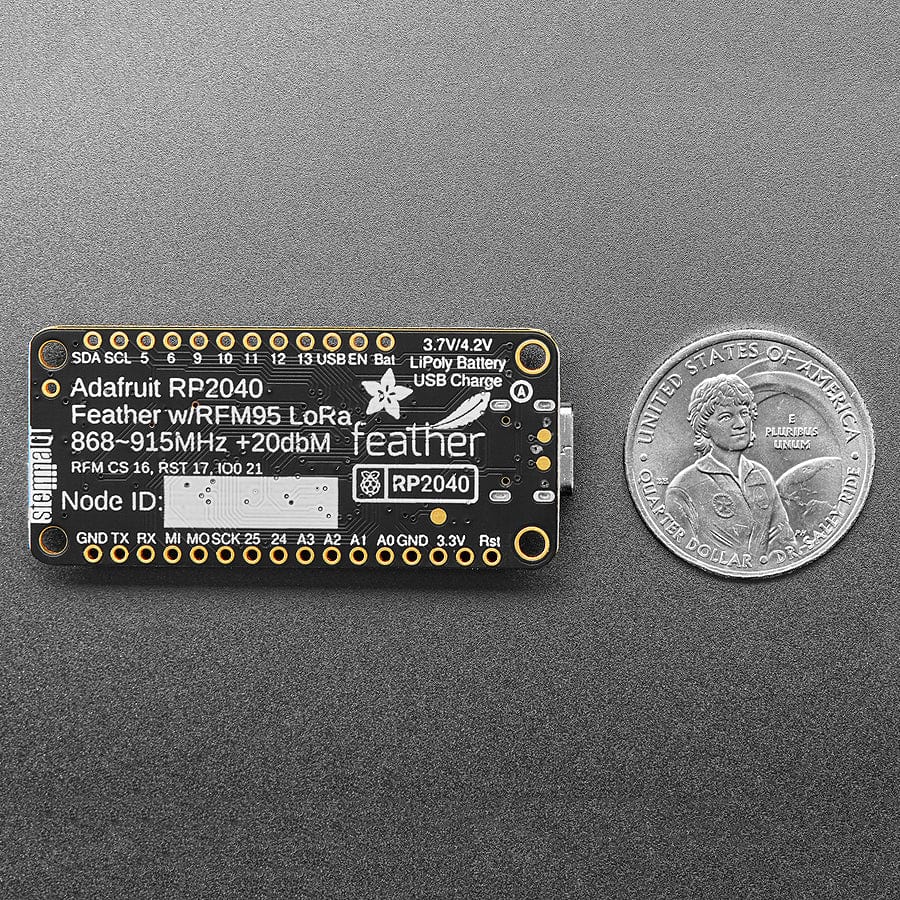
Login / Signup
Cart
Your cart is empty
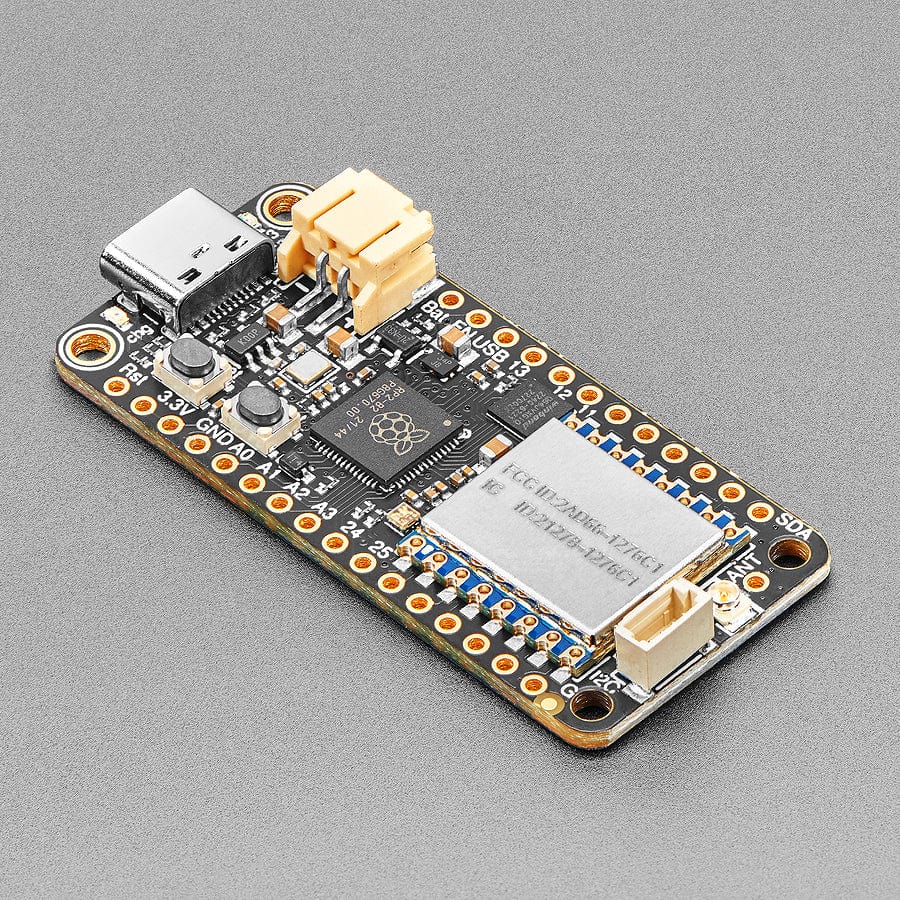
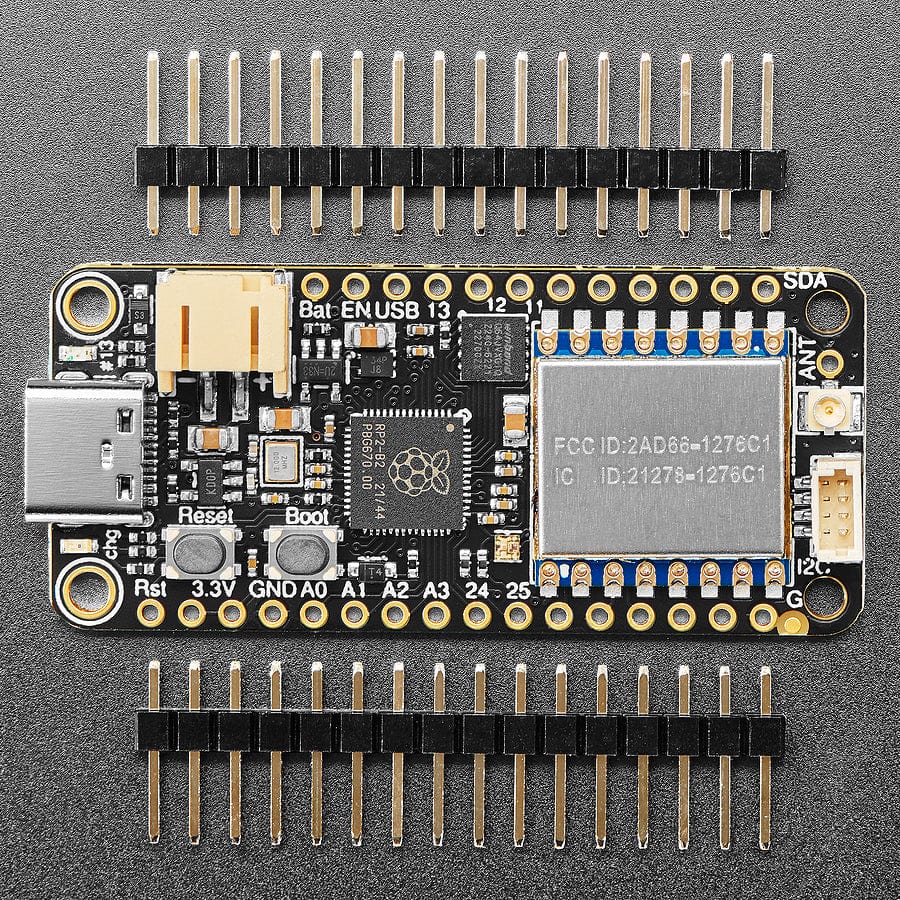
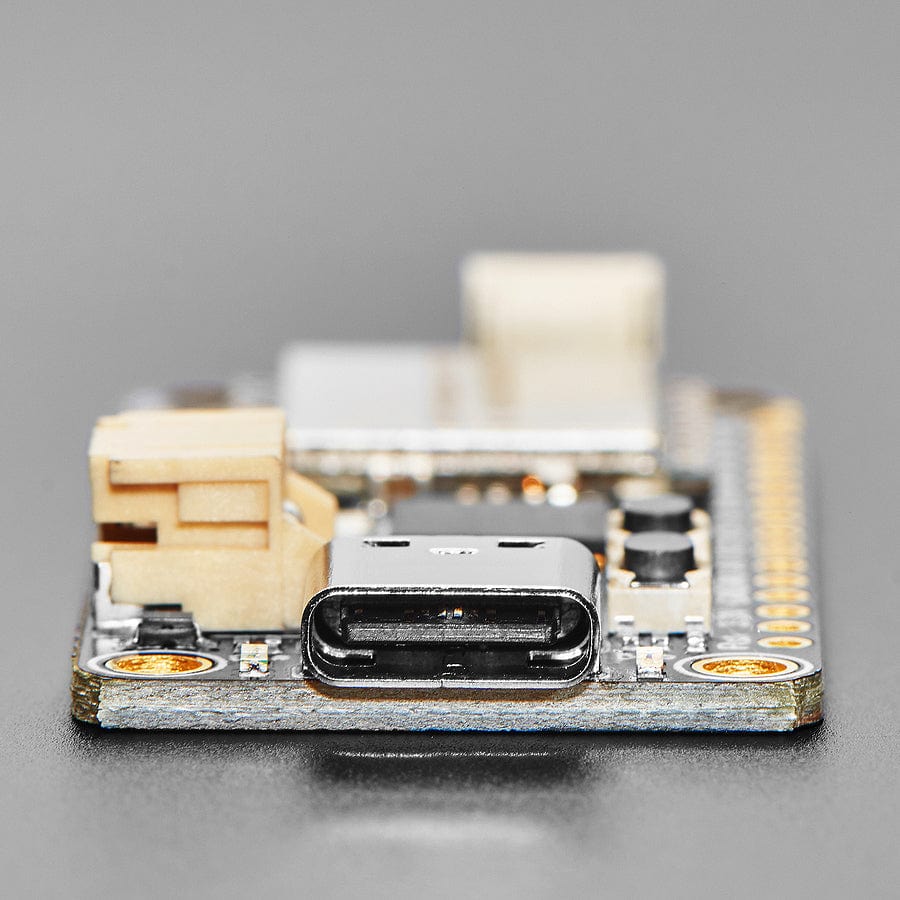
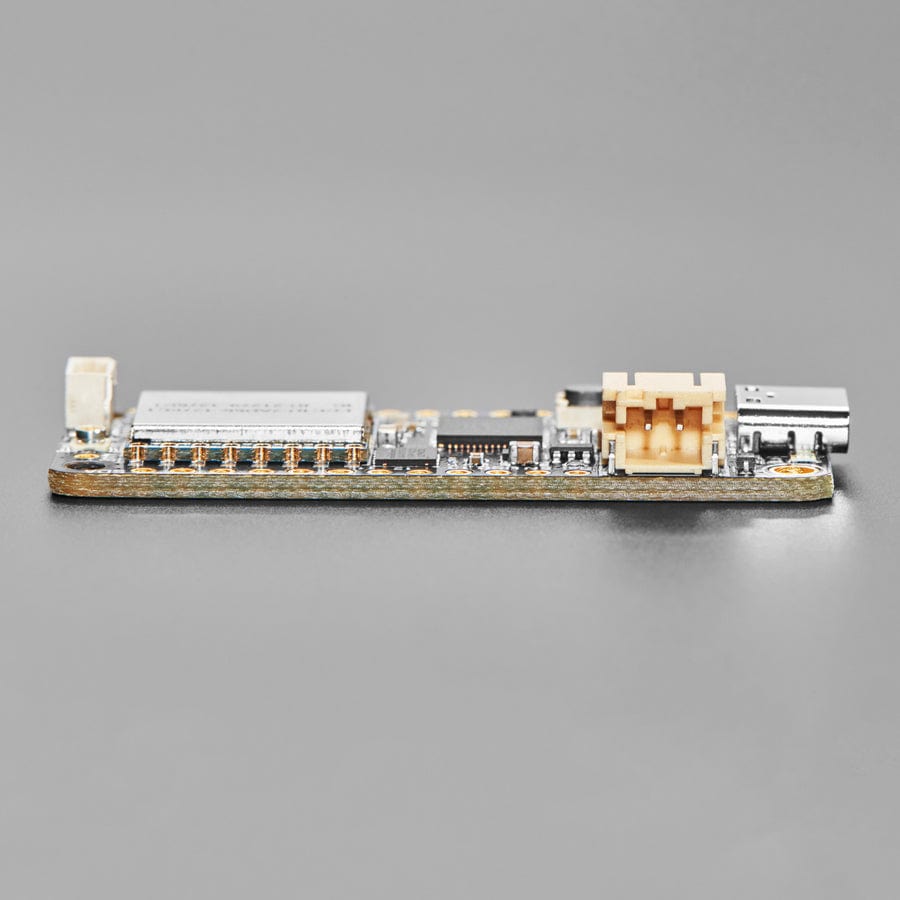
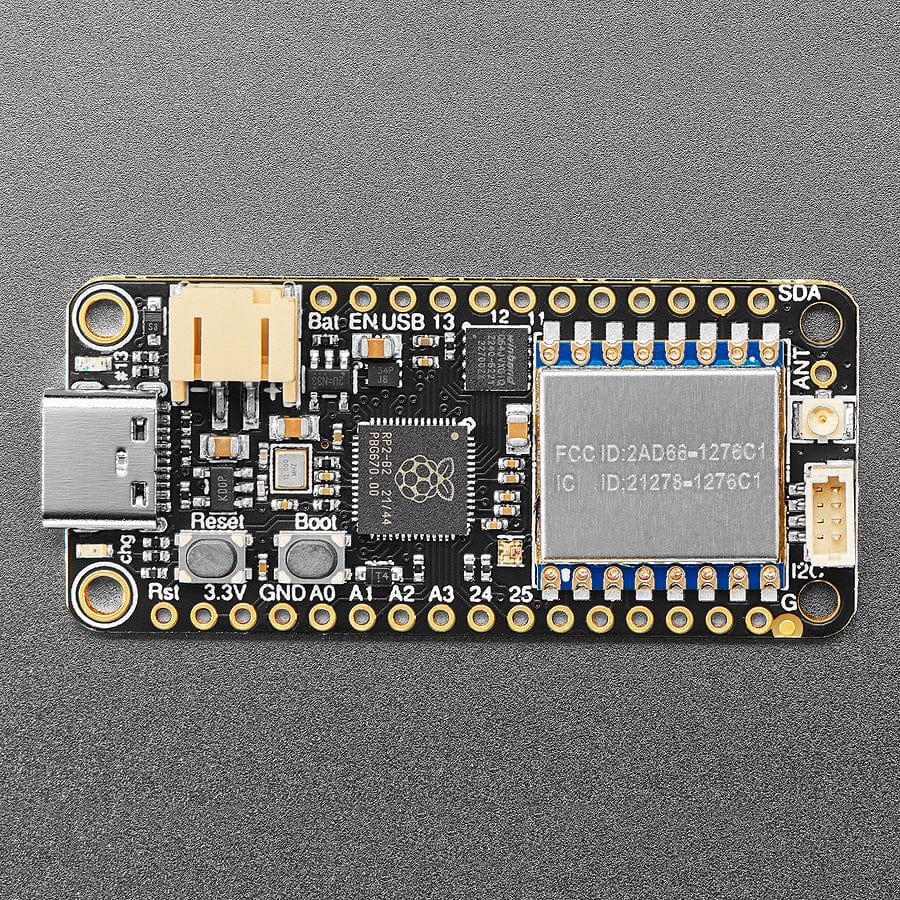
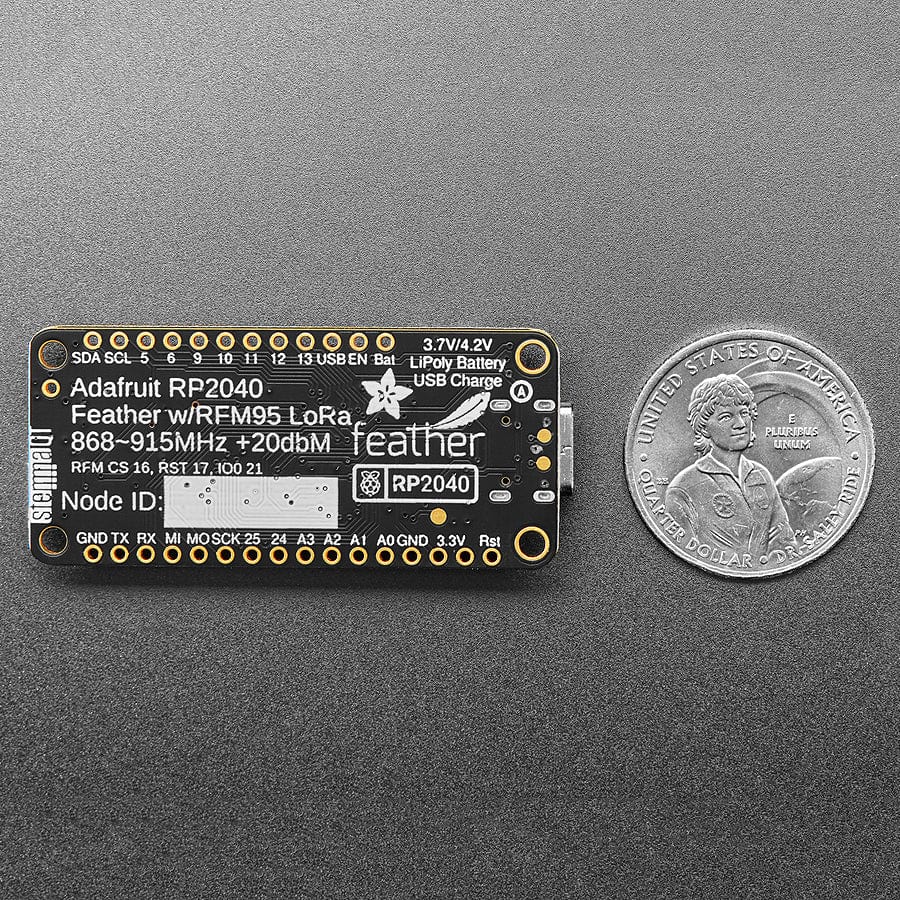
This is the Adafruit Feather RP2040 RF95 LoRa Radio. We call these RadioFruits, our take on a microcontroller with a "Long Range (LoRa)" packet radio transceiver with built-in USB and battery charging. It's an Adafruit Feather RP2040 with a 900MHz radio module cooked in! Great for making wireless networks that are more flexible than Bluetooth LE and without the high power requirements of WiFi.
Feather is the development board specification from Adafruit, and like its namesake, it is thin, light, and lets you fly! We designed Feather to be a new standard for portable microcontroller cores. We have other boards in the Feather family, check'em out here.
It's kinda like we took our RP2040 Feather and RFM95 900MHz breakout board and glued them together. You get all the pins for use on the Feather, the Lipoly battery support, USB C power/data, onboard NeoPixel, 8MB of FLASH for storing code and files, and then with the 8 unused pins, we wired up all the DIO pins on the RFM module. There's even room left over for a STEMMA QT connector and a uFL connector for connecting larger antennas.
This is the 900 MHz LoRa radio version, which can be used for either 868MHz or 915MHz transmission/reception - the exact radio frequency is determined when you load the software since it can be tuned around dynamically.
At the Feather's heart is an RP2040 chip, clocked at 133 MHz and at 3.3V logic, the same one used in the Raspberry Pi Pico. This chip has a whopping 8MB of onboard QSPI FLASH and 264K of RAM! This makes it great for running LoRa and LoRaWAN stacks that need a fairly strong processor to manage packets.
To make it easy to use for portable projects, we added a connector for any of our 3.7V Lithium polymer batteries and built in battery charging. You don't need a battery, it will run just fine straight from the USB Type C connector. But, if you do have a battery, you can take it on the go, and then plug in the USB to recharge. The Feather will automatically switch over to USB power when it's available.
We squished all the parts on our Feather RP2040 over towards the USB port to make some room on the end. This Feather RP2040 LoRa Radio uses the extra space left over to add an RFM9x LoRa 868/915 MHz radio module. These radios are not good for transmitting audio or video, but they do work quite well for small data packet transmission when you need more range than 2.4 GHz (BT, BLE, WiFi, ZigBee).
Our initial tests with default library settings: over 1.2mi/2Km line-of-sight with wire quarter-wave antennas. (With setting tweaking and directional antennas, 20 km is possible).
Comes fully assembled and tested, we also toss in some headers so you can solder it in and plug into a solderless breadboard. You will need to cut and solder on a small piece of wire (any solid or stranded core is fine) in order to create your antenna. or use a uFL connector and SMA 900MHz antenna. Lipoly battery and USB cable are not included, but we do have lots of options in the shop if you'd like!







